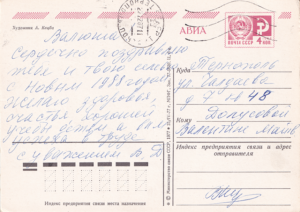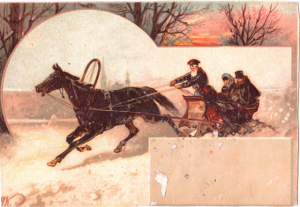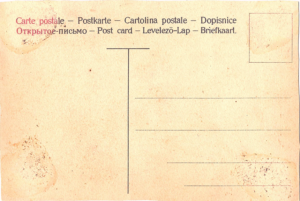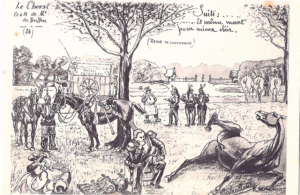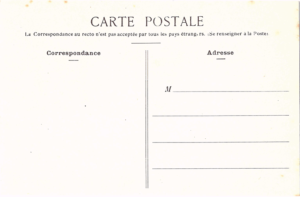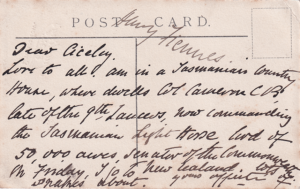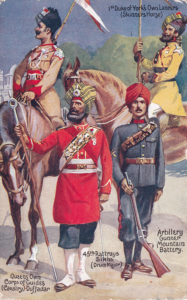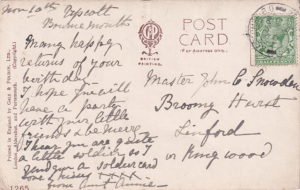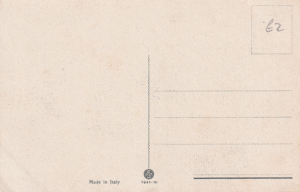The Dvinsk station in Riga.

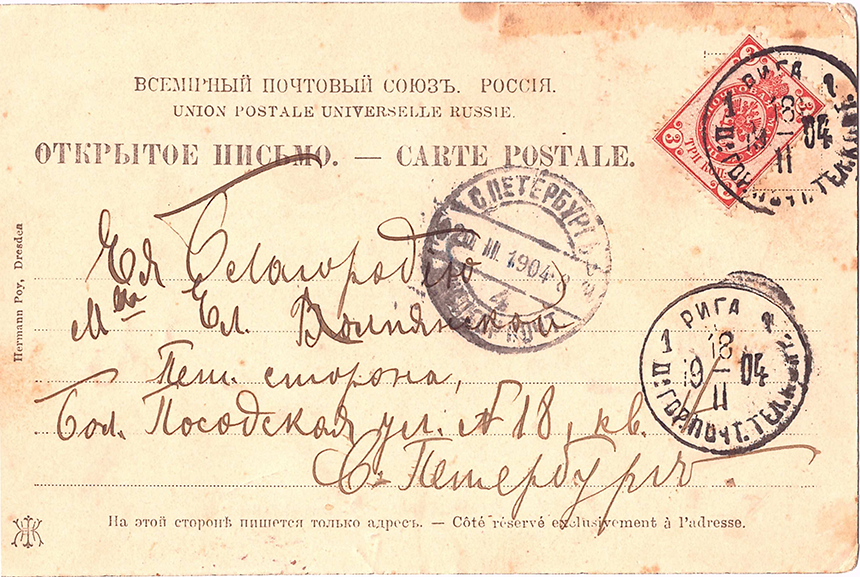
Reverse side of the postcard.
More information
The Dvinsk station in Riga.
The first railway station in Riga was constructed to serve as the western terminal station of the new railway line from Riga to Daugavpils which was financed by British contractors and led by British engineers. Construction of the station started in 1858, and the ceremony of laying the foundation stone on 21 May 1858 was attended by the Governor-General of the Baltic provinces Alexander Arkadyevich Suvorov.
The station opened on 12 October 1861 along with the railway line, which connected Riga with Daugavpils and the Saint Petersburg–Warsaw railway line. The station building was designed by the architect Johann Felsko, and was a small building on two floors with two platforms and four tracks. In addition to railway facilities it also housed a telegraph office, a post office and a police station.
In 1868, the railway line from Riga to Jelgava opened, initially terminating at Torņakalns railway station on the left bank of the river Daugava. From 1872, however, all trains were continued from there via the Iron Bridge across the Daugava to the Riga II Station.
Due to the further expansion of the railway network, the old building became too small, and in 1885 the station was rebuilt and expanded with two large side wings following the project of the architect Heinrich Scheel. In 1889, a Neo-Byzantine style chapel was also built in front of the railway station to commemorate the miraculous survival of Emperor Alexander III and his family at the Borki train disaster in 1888.
Founder
Hermann Poy, Dresden.
Date
1904.
Culture
Latvia.
Classification
Postcard.


